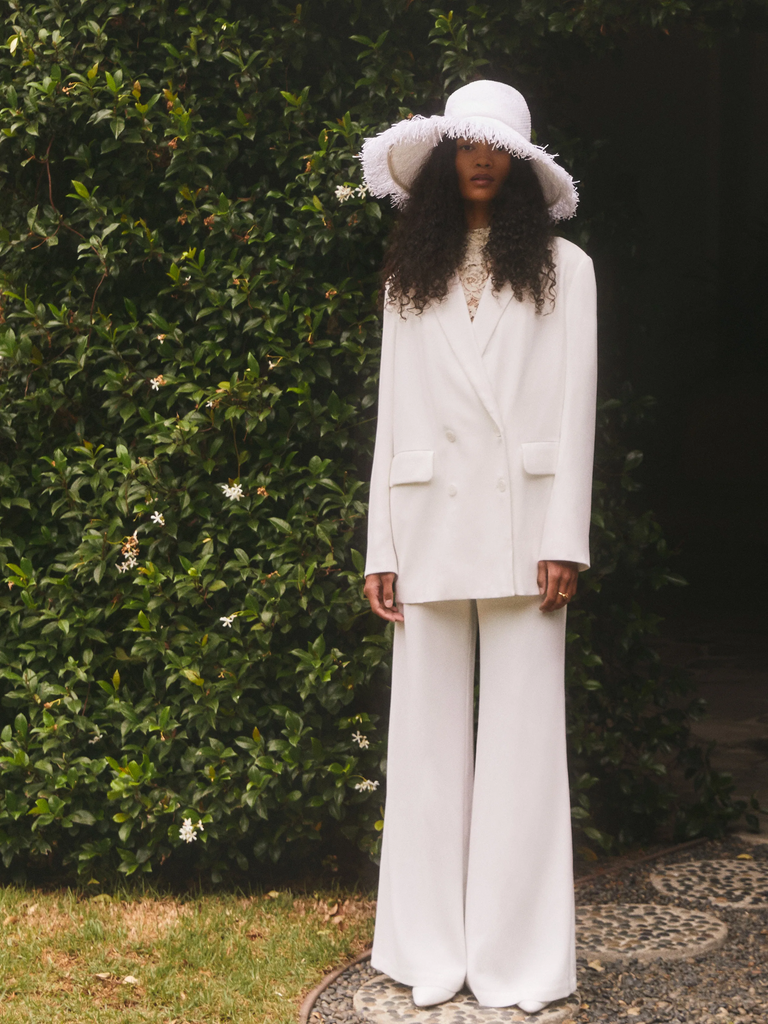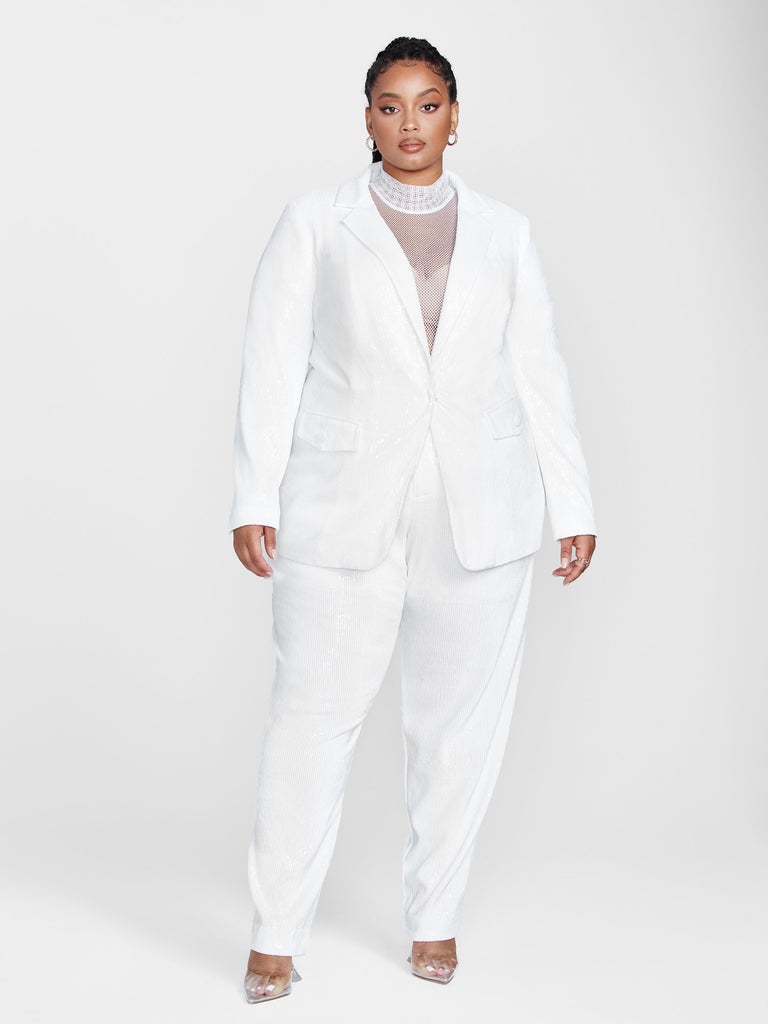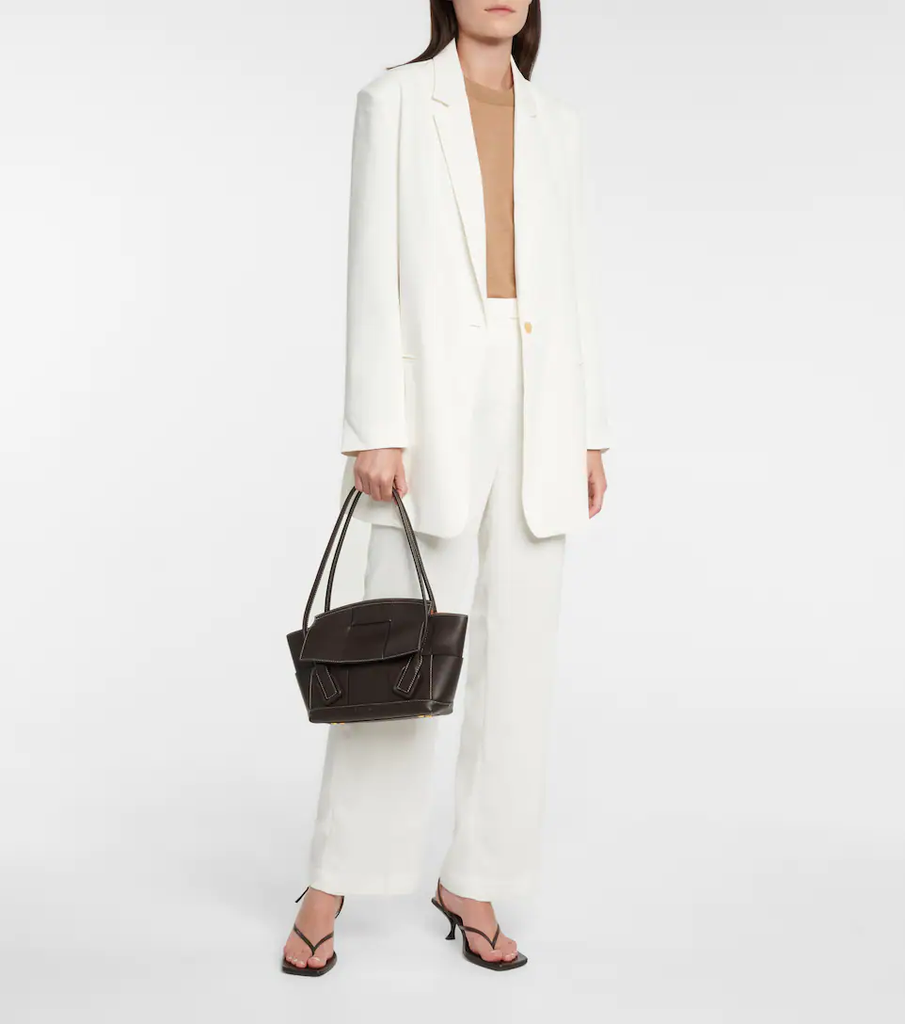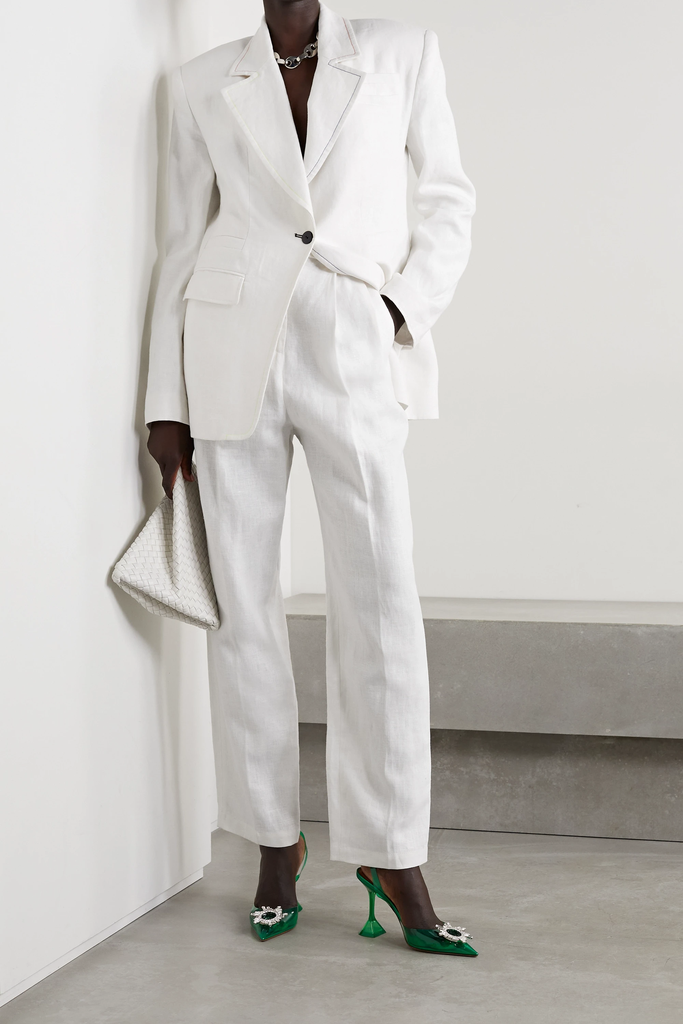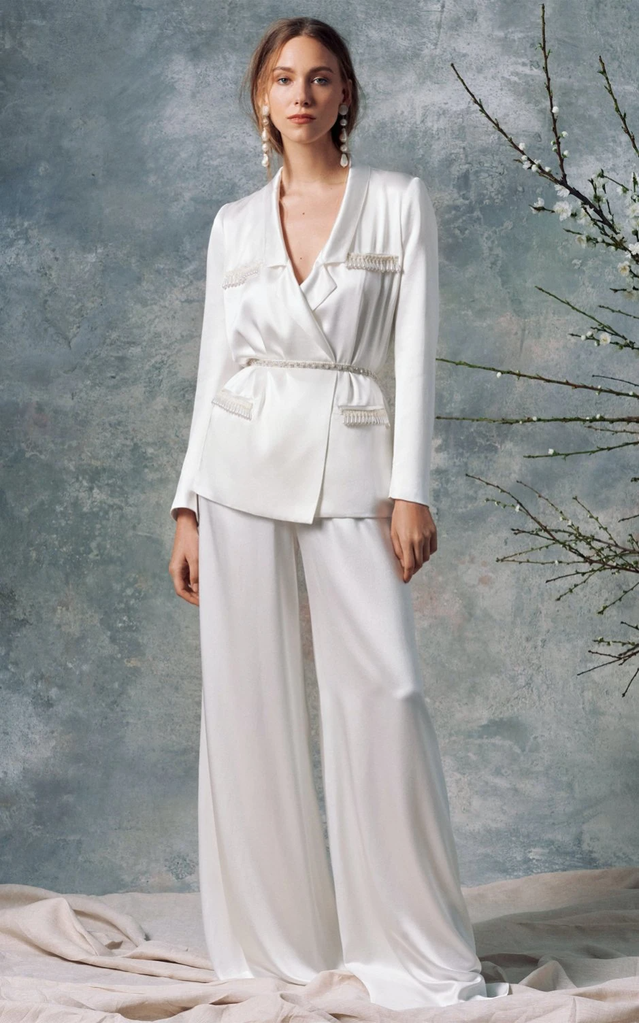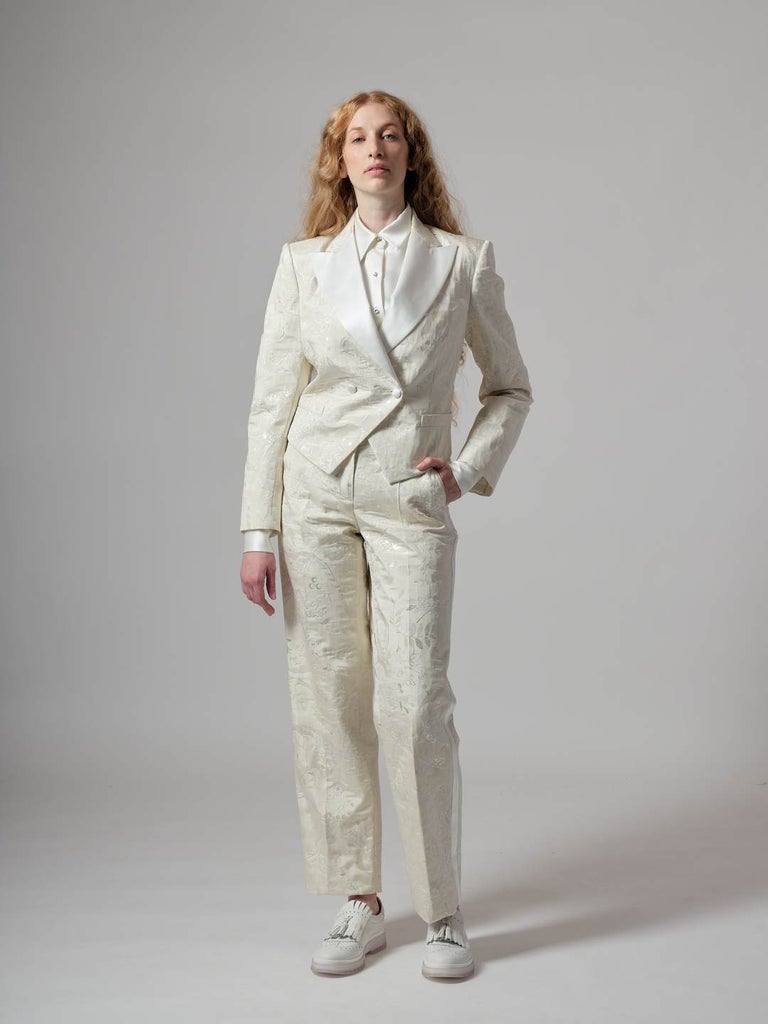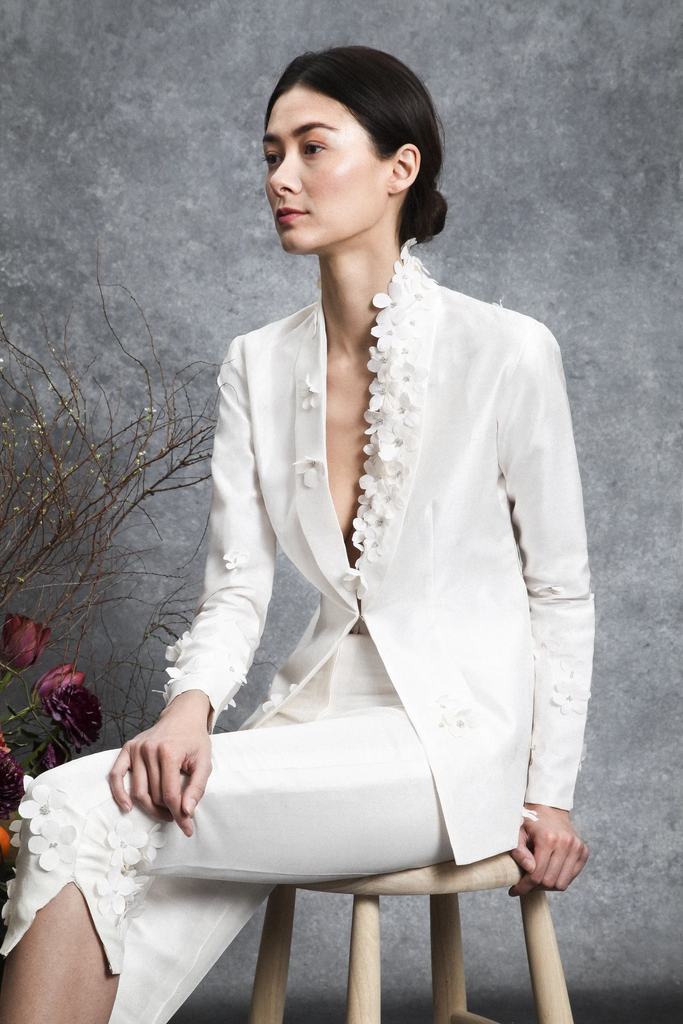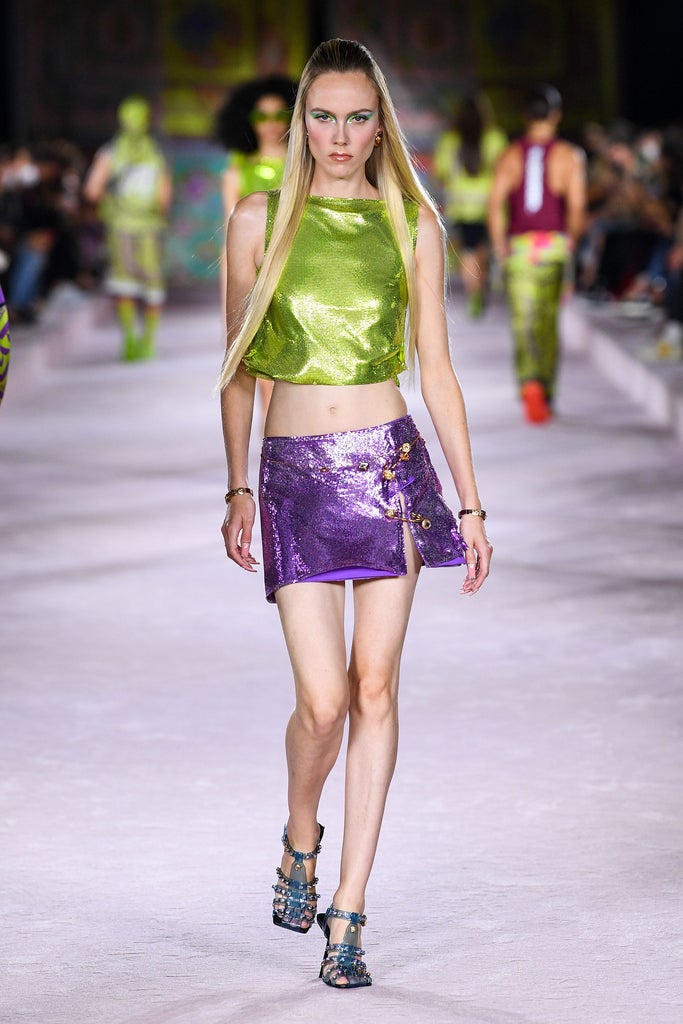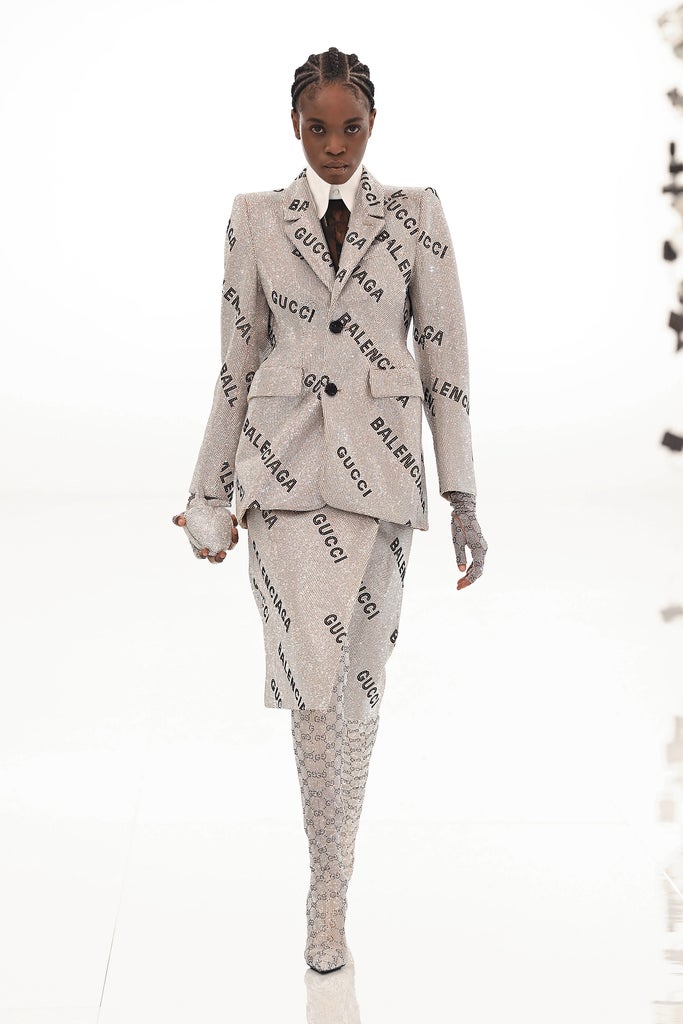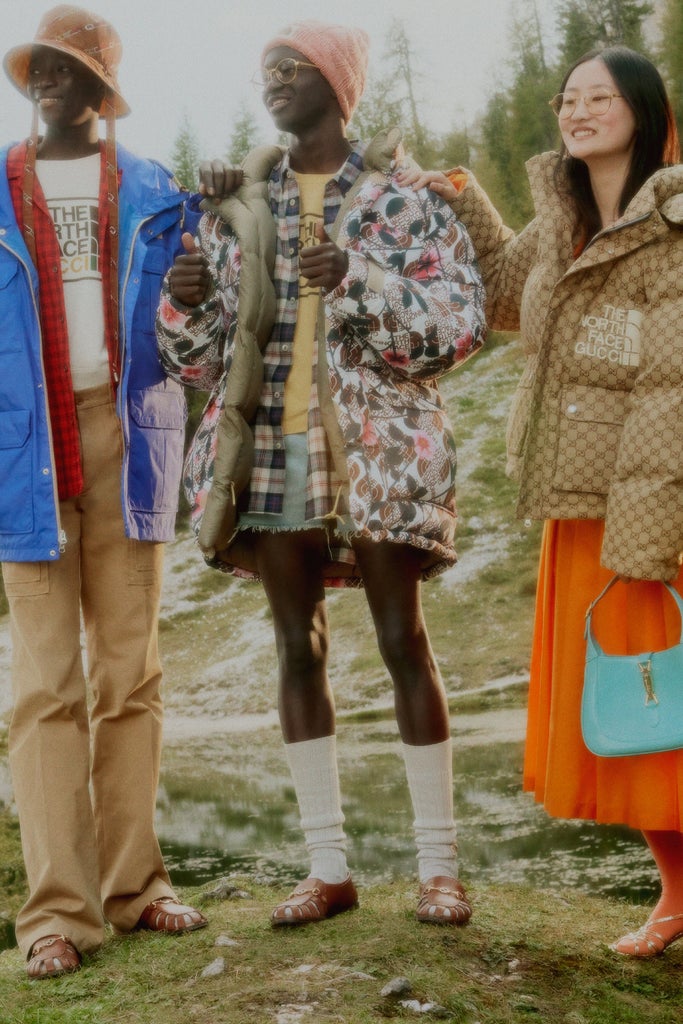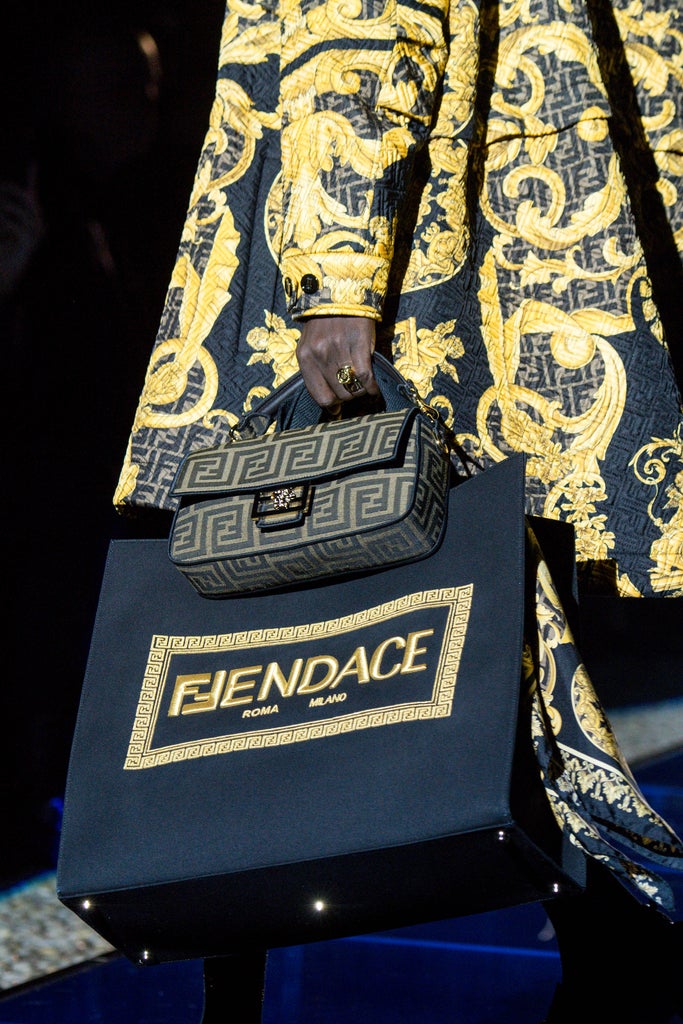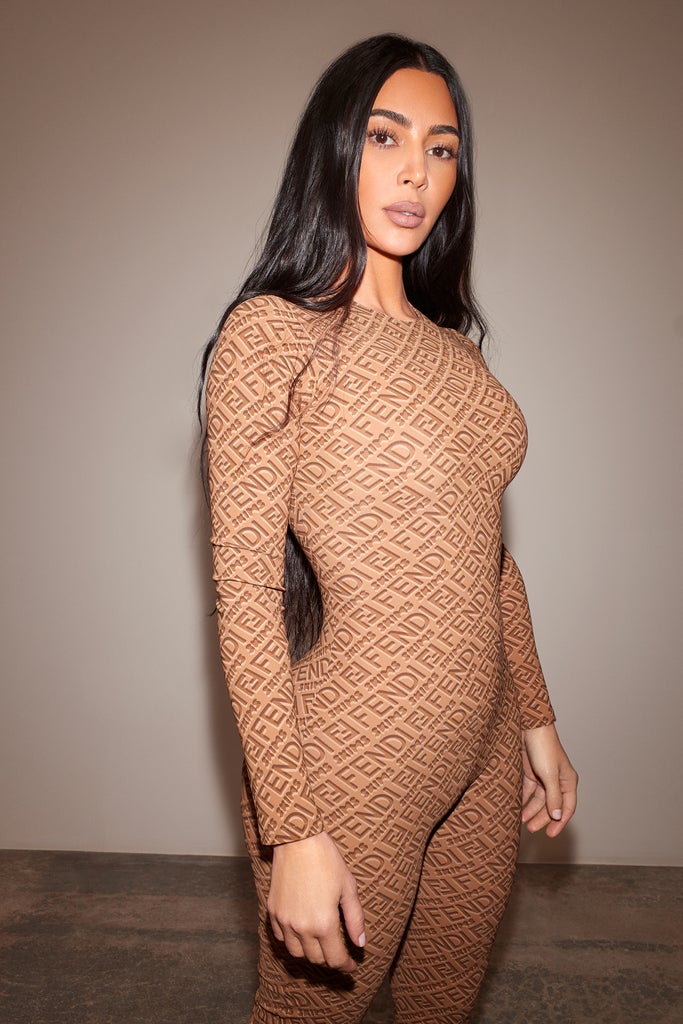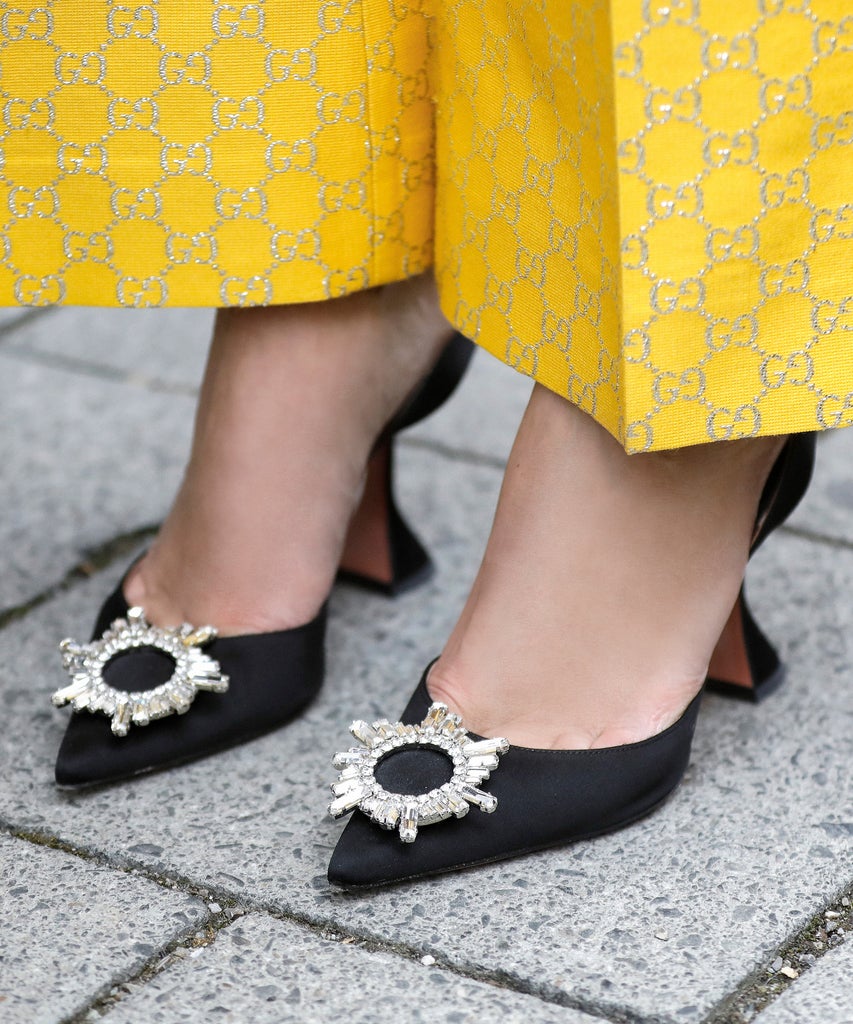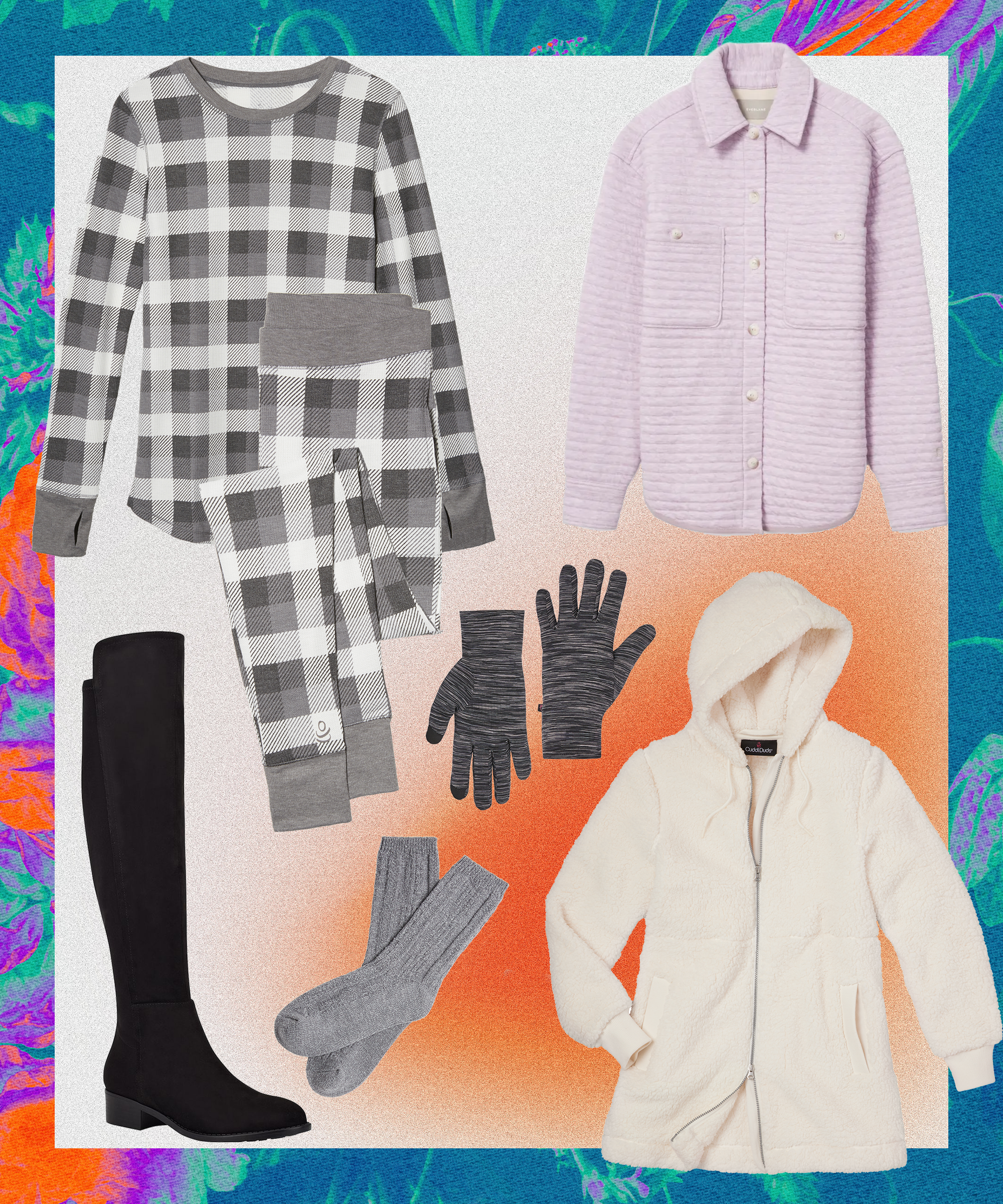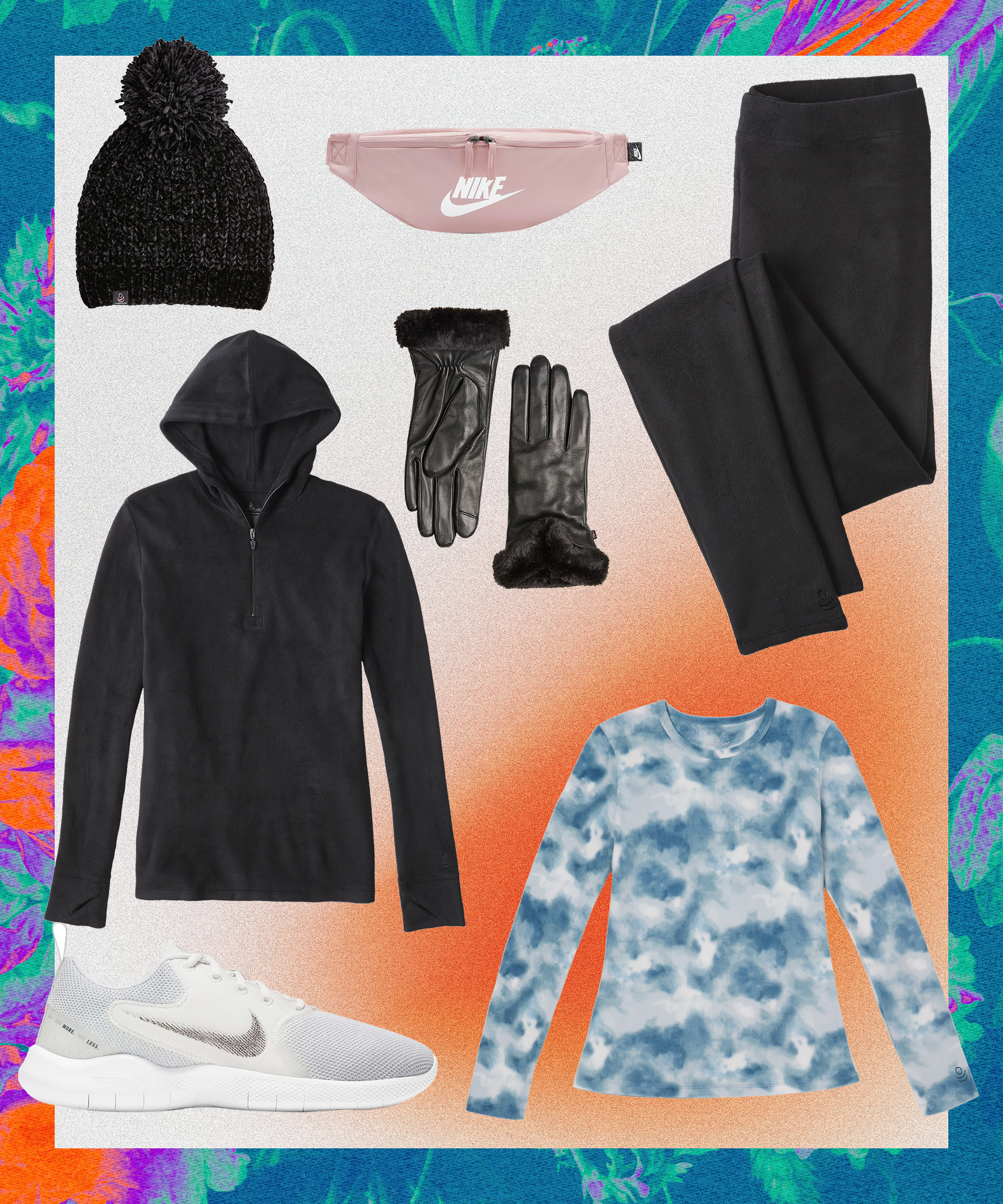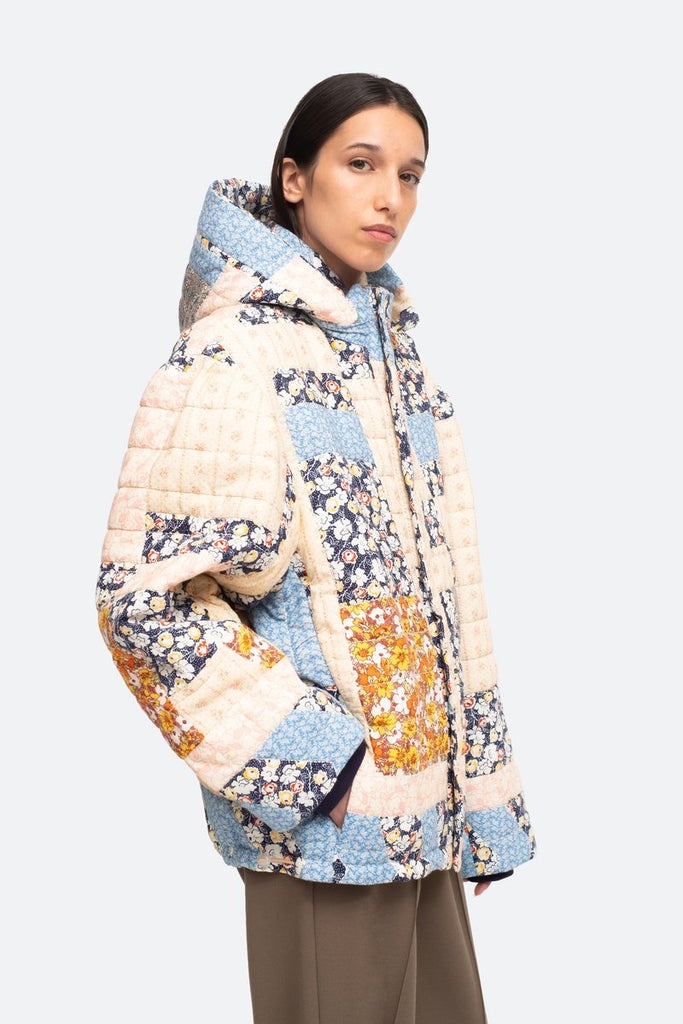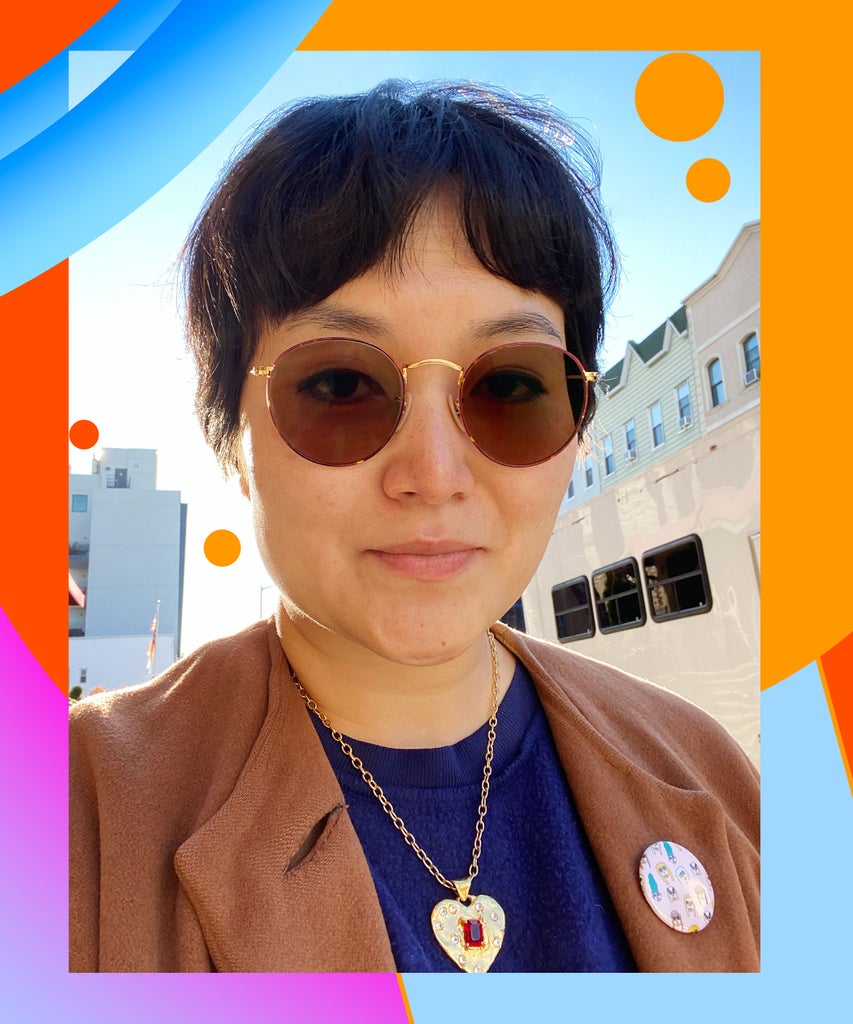
If you’re reading this, I’m assuming that you’re a person who, like me, experiences some level of vision impairment. Or maybe you see the world in 20/20 but you’re down to clown with the “dad” aesthetic and are curious about the style potential of a longtime boomer eyewear trend synonymous with ur-curmudgeon Larry David. Either way, you’ve come to the right place, because I’m about to spew some knowledge on transition lenses — also known as light-responsive, light-intelligent, or photochromic lenses — and how they have significantly improved my day-to-day viewing experience.
I was introduced to these high-tech lenses via Transitions Optical — the company that first popularized plastic photochromic lenses in the 1990s — when they asked if I’d like to test-drive their latest release, the XTRActive lenses, which tint very quickly and are specially made for those with extremely sensitive eyes (c’est moi). I’ve had two invasive eye surgeries — one for lazy eyes, the other for extreme nearsightedness — so I knew I was an ideal candidate for this kind of light-responsive eyewear technology.
According to lens company Vision Ease, the first photochromic lens was developed in 1966 when silver halide crystals were embedded into a molten glass substrate, “[causing] the finished lenses to darken in reaction to UV in just a few minutes, and would achieve maximum darkness after about 15 minutes,” their research reported, “[but these] early photochromic lenses did not always perform ideally. If the prescription called for one lens to be thicker than the other, the thicker lens would darken more quickly and become darker than the thinner lens. The photochromic performance could be short-lived, and the lenses often appeared slightly dark indoors.” These days, however, transition lenses in their resting, indoor state look virtually clear (as you can see from my before-and-afters below).
Ray-Ban RX3447V Round Metal, $177 (Transitions XTRActive lenses, additional $129)

First, the pros: These lenses start adjusting to sunlight within seconds; they’re impressively nuanced (even on overcast days, they will tint to just a slight shade to protect your eyes); and wearing chameleon-like shades means I don’t have to keep switching back and forth between sunglasses and prescription eyewear every time I enter the outside world. As for the main benefits, a rep told me that all Transitions block 100% of UVA and UVB rays and blue light. On super bright sunny days, my XTRActive lenses will go from clear to their darkest shade in mere minutes. (Sorry to all the vintage dads whose lenses took forever to tint. Times have changed!)
As for the cons: Transition lenses don’t darken to sunglass level (which means you can’t get away with secretly staring at someone) and they add a decent fee on top of whatever frames and prescription costs you accrue. From the two sites I ordered transition lenses from, LensCrafters and EyeBuyDirect, I found that XTRActive lenses run about an additional $130. (Transitions Signature GEN 8 lenses, which is an older iteration of the lens technology, is an additional $80.) But, hot tip: You can absolutely use your eligible FSA or HSA dollars towards a pair of transition-lens glasses at any eligible eyewear retailer!
Ordering these light-intelligent lenses was also a breeze. All that was needed was an up-to-date prescription and the pupillary distance (use this handy tool from Warby Parker to find yours). Ultimately, the hardest part was deciding on the tint color and frames — for my XTRActive pair, I went with classic round-frame Ray-Bans with brown tinted lenses; for my Signature GEN 8 pair, I went with a pair of EyeBuyDirect RFLKT with grey tinted lenses. (While the majority of the fees were comped for testing purposes, my EyeBuyDirect total would have come to $220, which includes the frames, my prescription, and the transitional add-on).
And after testing the two pairs for several weeks now, I can honestly say that both lenses worked similarly for me — although if you’re a person who spends a lot of time outdoors, the XTRActive or XTRActive Polarized versions might be more beneficial. But if you’re a screen-bound, WFH type like me, the Signature GEN 8 lenses are the more cost-effective way to go. (Plus, you have more tint color options!)
RFLKT Antone, $80 (Transitions Signature GEN 8 lenses, additional $79)

And, lately, I’m not the only one singing the praises of these lenses. My friend Christian Joy also swears by her light-responsive lenses from Warby Parker. (Note: the brand’s light-responsive lenses are an additional $100 on top of the frames and prescription fees.) “I’d always known about transitional lenses but was not sure they were for me until I saw a friend rocking them pretty hard. Plus, my mom wore tinted aviators and I thought she always looked ultra-glam,” Christian told me. “Because I’m an artist and look for inspiration in colors, I decided to opt for transitional lenses [instead of permanently tinted lenses]. I was actually really surprised at how they change subtly from indoors to outdoors. They feel really comfortable on my eyes and I plan to get them for all my glasses from now on.”
Non-prescription glasses wearers can benefit from light-sensitive lenses as well. I asked Refinery29 affiliate strategist Kate Spencer for her thoughts on her non-prescription Transitions XTRActive lenses and she told me, “I was surprised how useful I find my glasses. I was looking for a pair of blue light glasses because I get headaches from staring at my laptop screen all day and I actually didn’t realize that all Transitions lenses, no matter prescription or not, help block blue light. My desk faces three windows and I get a pretty bright stream of light on my face in the afternoon, so the fact that my lenses tint automatically has been more useful than I expected! Honestly, I wear these in my house all the time.”
If you’re going to splurge on the extra fees associated with Transitions, you’re likely wondering about the longevity and upkeep. Luckily, it’s easy enough to take care of them. “Transitions lenses are designed to last the lifetime of your vision care prescription,” a Transitions Optical rep told me. “[They] can be cleaned like most lenses — with a lens cleaner, mild soap, or a microfiber lens cleaning cloth. Do not use window cleaner to clean your prescription eyeglasses, as it contains chemicals that could break down the coatings on your lenses. You should also be careful not to wipe your lenses with a surface that could potentially scratch your lenses, for instance, a facial tissue or paper towel. Keep your glasses in a case when not in use to prevent scratching the lenses.”
My final takeaway is this: My vision feels transformed by light-sensitive lenses and I wholeheartedly recommend them to fellow specs-wearing folks. And, I also find these glasses to be a fitting accessory to round out any “ugly trend” or “dad fashion” vibe that Most Wanted editors and readers (you know who you are) can’t resist test-driving. Besides, if you’ve got soon-to-expire FSA dollars to spend anyway, you may as well get yourself an eyewear accessory that not only helps you look, but will help you serve a look, too.
At Refinery29, we’re here to help you navigate this overwhelming world of stuff. All of our market picks are independently selected and curated by the editorial team. All product details reflect the price and availability at the time of publication. If you buy something we link to on our site, Refinery29 may earn commission.
Like what you see? How about some more R29 goodness, right here?
29 Fashion Gifts We Actually Want This Holiday



